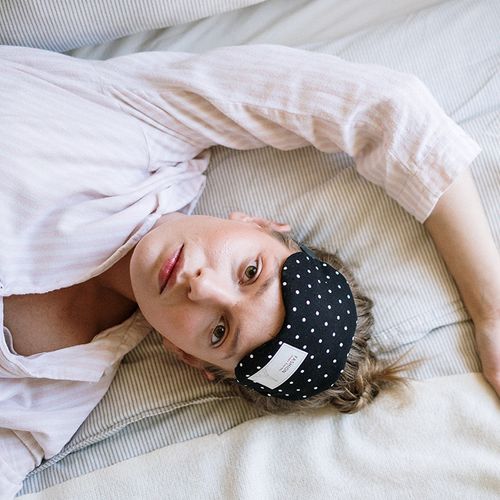Headache sufferers often treat their pain by taking naps to sleep it off, but they run the risk of developing insomnia by disrupting their normal sleep patterns and perpetuating the cycle of headaches, a new study shows.
"Going to sleep was one of the main things people tried to treat their headaches, and they rated it a very effective treatment," said study author Jason C. Ong, PhD, an assistant professor of behavioral sciences at Rush University Medical Center in Chicago. "It could be that people are taking naps or using sleep as a way to try to cope with pain, but that could actually lead to more sleep disturbance at night."
The Study
The researchers recruited 65 women from undergraduate psychology courses at a university in the southeastern United States, 32 of whom suffered from tension-type headaches (TTH), while the other 33 women experienced minimal pain and were placed in the control group.
Fifty-eight percent of the headache sufferers said that sleep problems triggered their headaches, while only 18% of the control group said that was the case. Eighty-one percent of the headache sufferers also reported using sleep to manage their pain, a coping mechanism they rated as the most effective self-treatment.
Implications
"The most important aspect of the study suggests that a very common coping strategy for TTH going to sleep or taking naps may interfere with the normal physiological drive to sleep, thus causing insomnia which is a trigger for TTH," said Frederick de la Vega, MD, a neurologist at Scripps Memorial Hospital in La Jolla, California.
"It's a catch-22," said Dr. Ong, "Going to bed might help relieve your pain, but when you try to go to sleep at night, what happens then?"
Further studies are needed to determine if insomnia actually causes headaches (or vice versa) or whether the two are simply related, Dr. Ong said.
The study was published in the journal of Clinical Sleep Medicine.
Most Effective Headache Treatments
Developing more effective pain-management strategies may be the best way to disrupt this headache-insomnia cycle, the researchers said. Unfortunately, different types of headaches may call for different treatments, and it's often difficult to determine the best approach.
"The treatment for migraines is somewhat different than TTH," said Dr. de la Vega. "The question is whether better management during wake-hours, so as to avoid just taking a nap, could prevent the disruption of the physiology of sleep at night. That answer is uncertain but makes intuitive sense."
According to Dr. Ong, "Doing some kind of relaxation technique is one way to cope with pain, so that might be one thing to attempt. Are there existing interventions that might be helpful for people who have both insomnia and headaches or do we have to come up with something else?"
The experts agreed that people who suffer from headaches or insomnia should see a doctor to discuss the best individual treatment.
"The main thing is that if people have headaches and also sleep difficulties, they should communicate that information to their healthcare provider," said Dr. Ong.
"Migraine sufferers should see their primary doctor or preferably a neurologist," added Dr. de la Vega. Appropriate medications should be tried, food/activity triggers should be avoided, and if insomnia is a trigger, an assessment of sleep habits may be helpful, he said.
